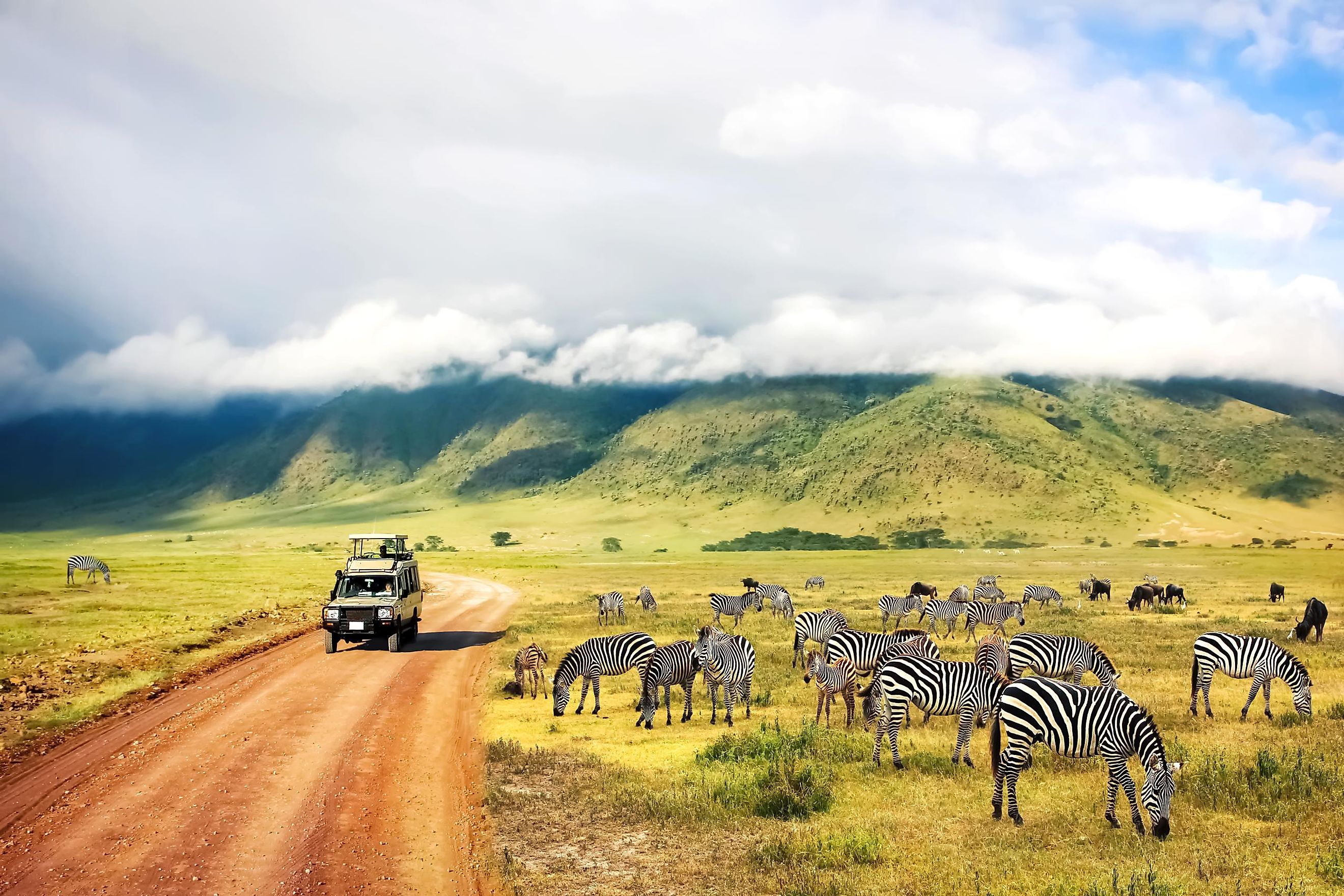
Animals That Live Only in Africa
Africa is an impressive continent with many of the world's most impressive animals. However, some savannah staples, such as the Elephant, Rhino, Lion, Leopard, Hyena, Cheetah, and Jackal, have species and subspecies outside of Africa. This article highlights animals that live wild only in Africa. This disqualifies African animals that have been reintroduced to non-African territory where they were extirpated, such as the Ostrich in the Middle East. The following nine animals are African, through and through.
Chimpanzee

Along with the Bonobo, the Chimpanzee is Homo sapiens' closest living relative. Cousin Chimpy shares almost 99 percent of our DNA and is indigenous to western and central Africa, occupying many types of terrain, including forest and savannah, and eating a wide variety of food, such as fruit, leaves, insects, and even monkeys. Similar to humans, the Chimpanzee engages in community, promiscuity, and warfare across the continent. Of course, we have not kept our cousin in Africa. We have taken it to zoos, circuses, medical labs, Hollywood, Neverland Ranch, and even outer space. We have some explaining to do to our greater ape family.
Giraffe
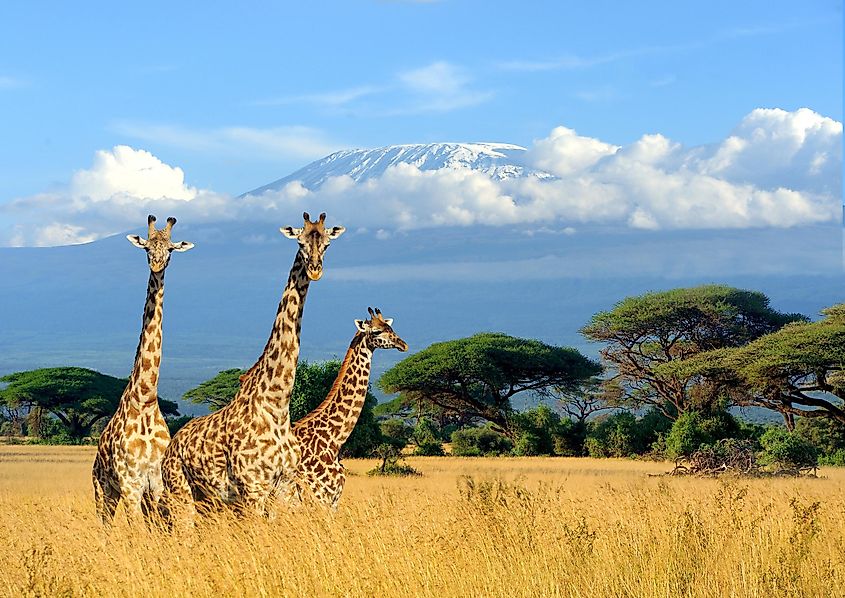
Stretching up to 19 feet at the tip of its horns, the Giraffe chomps leaves atop trees in countries like Niger, Chad, Somalia, and South Africa. Although it is confined, in the wild, to the African continent, the Giraffe has been displayed in zoos and circuses across the world, beginning with Julius Caesar's importation of one into ancient Rome. It was exhibited alongside other animals in the Circus Maximus and may have perished via lion or gladiator, although this type of spectacle-slaughter did not become common till later.
African Wild Dog
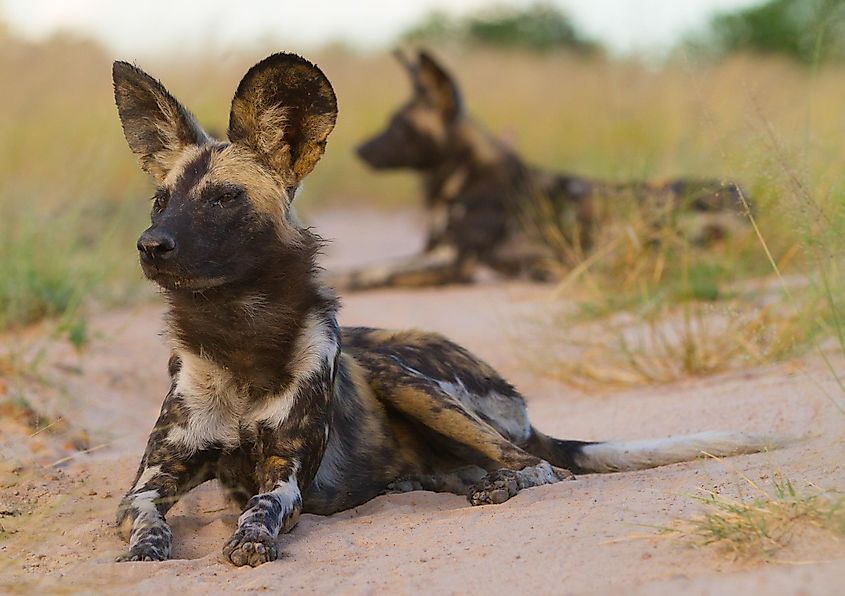
Also called the Painted Dog and Cape Hunting Dog, the African Wild Dog is the largest wild canine in Africa. In fact, behind the Gray Wolf species complex, it is the largest wild canine in the world. This powerful pooch measures up to four feet long and weighs 40 to 80 pounds. Its spotted coat mirrors its spotted range, as human development has carved the population into small segments from Algeria to South Africa. Despite being endangered, the African Wild Dog is one of the most innovative and successful hunters. Nabbing prey as massive as half-ton buffalo, packs of Wild Dog have a higher kill rate than that of lion packs. They also use sneezes to plan out attacks.
Zebra
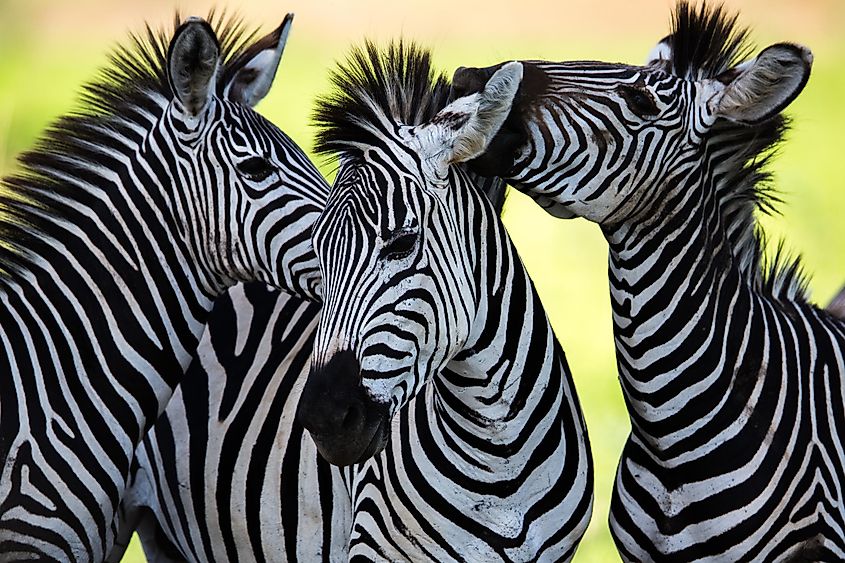
Few African animals are as iconic as the Zebra. This striped equine, consisting of three species, is native only to eastern and southern Africa, where it feeds on grass and sedges and is food for lions, leopards, hyenas, crocodiles, and wild dogs. Already an ecological linchpin, the Zebra has become a cultural linchpin via representation in folklore and depictions in films like Racing Stripes, Madagascar, and The Lion King. The three species of Zebra have varying conservation statuses, ranging from near-threatened to endangered. Oddly, it thrives in the hills around San Simeon, California, where it has a population of over 120. These are the descendants of zebras released upon the closure of William Randolph Hearst's private zoo in the '30s, and although they are freely grazing and breeding across 83,000 acres without human intervention, they are fenced in. It certainly muddies the definition of "wild."
Serval

Since all of Africa's big cats also live in Asia, the medium-sized Serval serves as the continent's feline ambassador. Just three feet long but almost as tall, the Serval roams sub-Saharan savannahs (plus a tiny region in North Africa) for miles at a time in search of prey like rodents, birds, and lizards. This compact cat can jump roughly 10 feet up and across to make its kills. Gorgeous and athletic, the Serval has been bred with domestic felines to create the Savannah Cat, a spry, sizeable pet with an exotic coat. Its legality varies across the globe.
Lemur
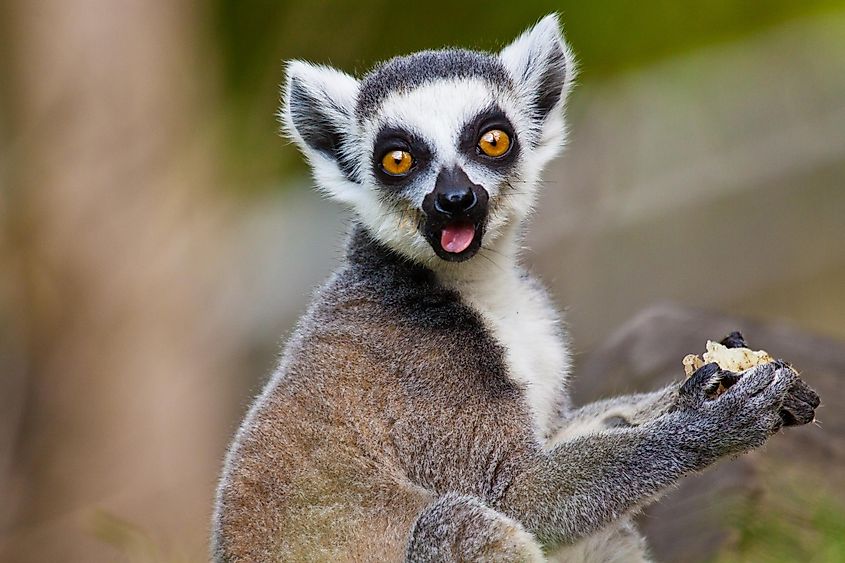
The Lemur is arguably the planet's most unique primate. It is native only to the African island of Madagascar, where it has evolved independently from other primates for many millions of years. As such, it has a diverse array of appearances and sizes, from the one-ounce Mouse Lemur to the 20-pound Indri. The most famous kind is the Ring-Tailed Lemur, which has a distinctive black- and white-striped tail and has been featured in myriad media. Just as diverse as the Lemur's looks is its diet. Its 100-plus species eat everything from leaves to insects to fruit to bark to seeds to birds to soil.
Mamba
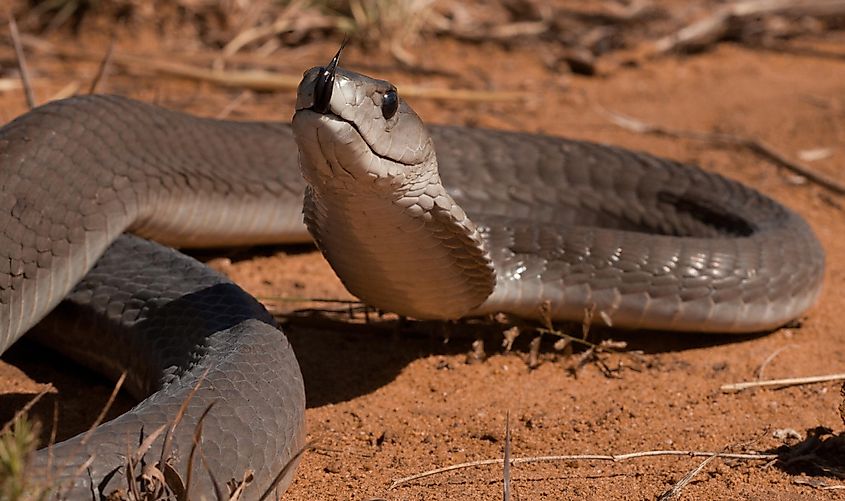
The Mamba is a sssssuperlative snake. Comprising green and black species, the latter is one of the fastest snakes in the world (faster in short bursts than many humans), one of the deadliest snakes in the world (near-100 percent mortality rate without medical treatment), the second longest venomous snake in the world (after the King Cobra), and the longest venomous snake in Africa (up to 14 feet long). All species occupy sub-Saharan countries in habitats ranging from savannah to jungle to mountain to human settlement. Prey consists primarily of small mammals and birds.
Okapi
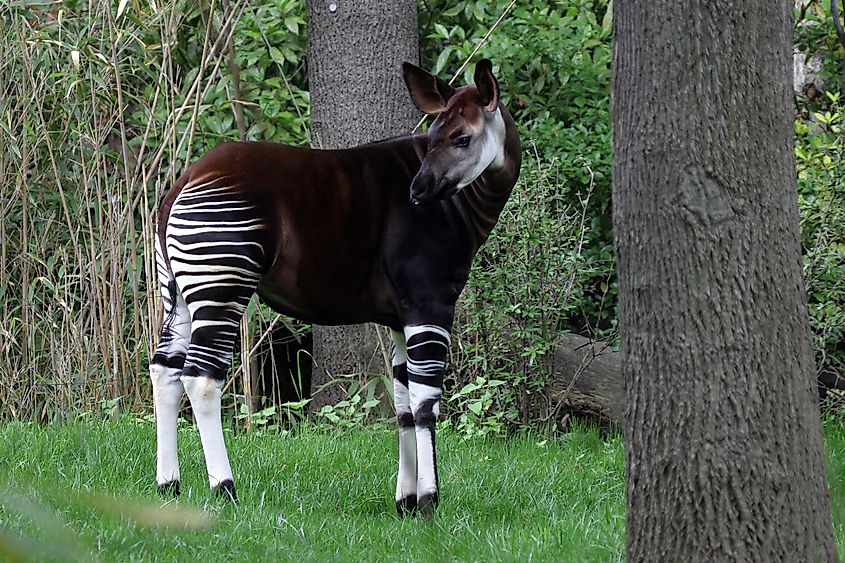
Looking like a cross between a horse, zebra, and giraffe, the Okapi was thought to be a mythological creature akin to an African unicorn. It was not until the turn of the 20th century that Western scientists proved the existence of this Congolese animal. The Okapi, whose name derives from an Indigenous word, is roughly six feet tall, weighs 500 pounds, and is related to the Giraffe. It eats leaves, buds, fruit, and fungi, which it retrieves with its 18-inch tongue. Outside of zoos and other exhibits, the Okapi is found in a small area of the Democratic Republic of the Congo.
Gorilla
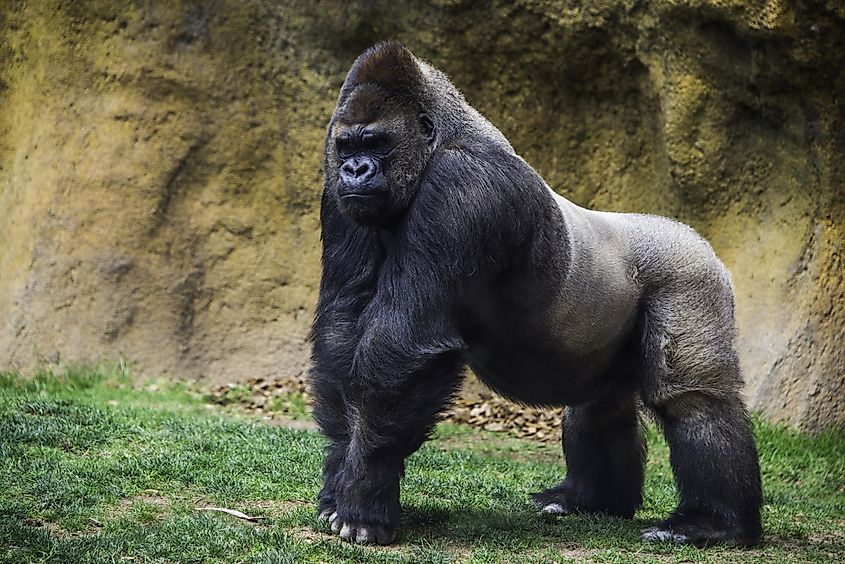
The greatest of great apes in terms of average body weight, the Gorilla, comprising two species and four or five subspecies, is exclusive to central Africa. It lives in tropical and subtropical forests from the mountains to the sea and feeds almost entirely on plants, although ants and termites are also eaten. The Gorilla can live 40 years in the wild and longer in captivity. Its imposing character and humanlike genetics and behavior have contributed to global culture. Unfortunately, its allure has driven persecution. The Gorilla is endangered, but conservation efforts have raised its population in certain regions.
Many iconic African animals live elsewhere in the world, especially in Europe and Asia. However, the Chimpanzee, Giraffe, African Wild Dog, Zebra, Serval, Lemur, Mamba, Okapi, and Gorilla are exclusive to Africa. Of course, they all exist in captivity in other continents, but they are wild in Africa and nowhere else. A possible exception is the Zebra in San Simeon, California, but that is a debate for another article.











